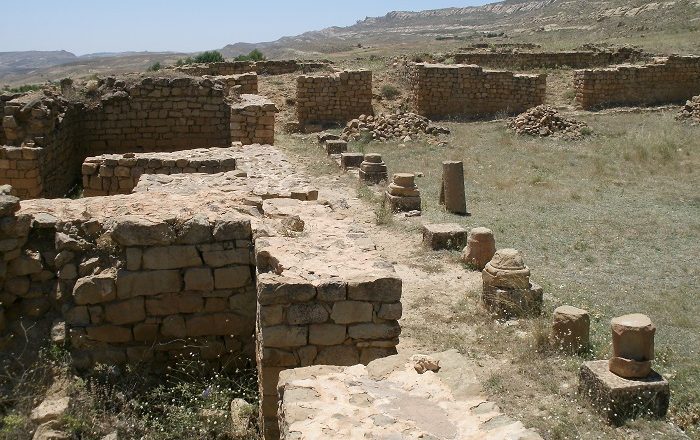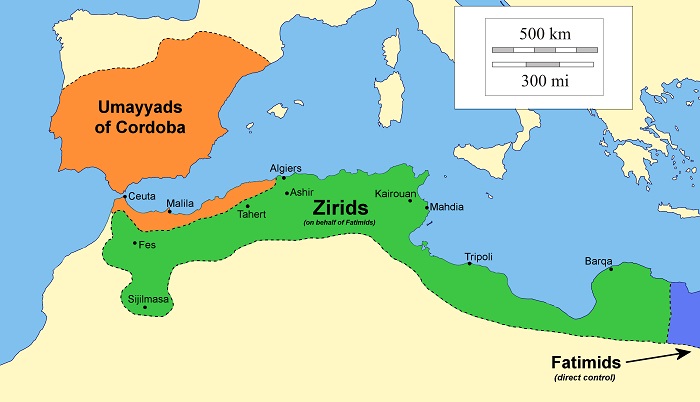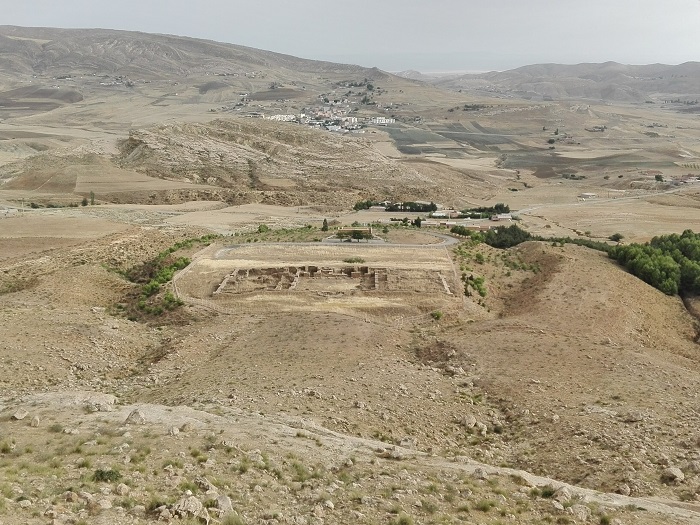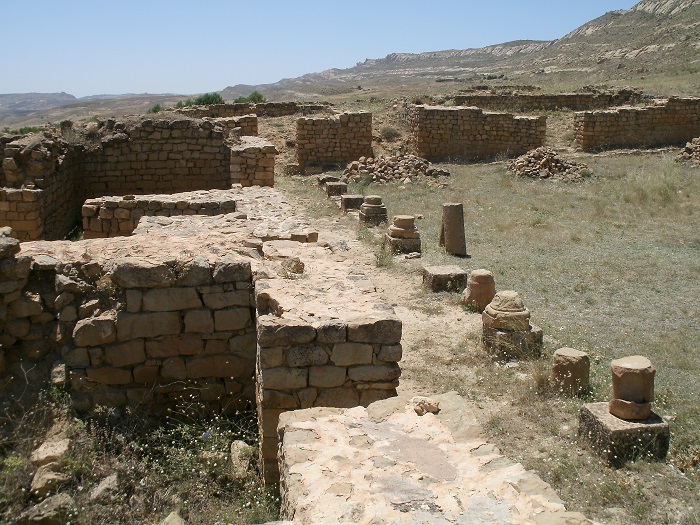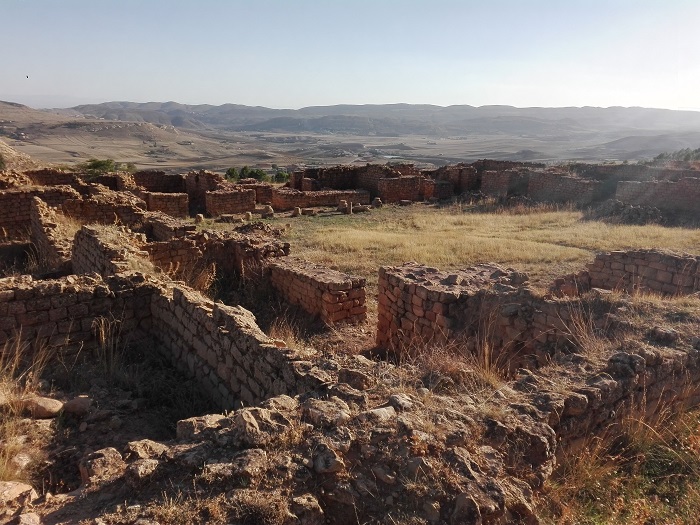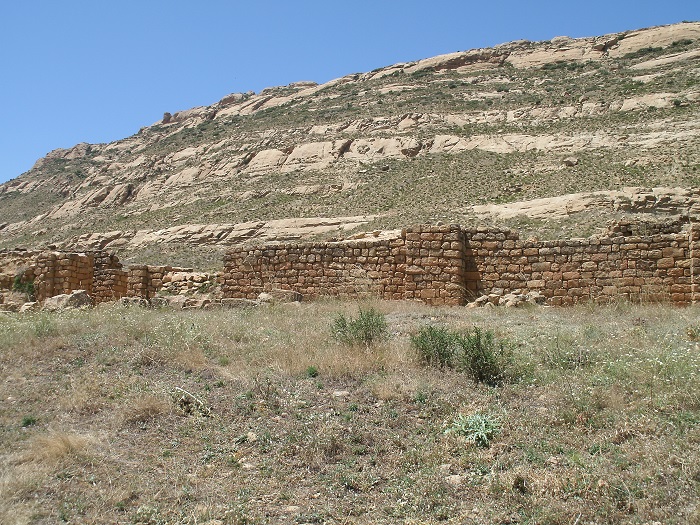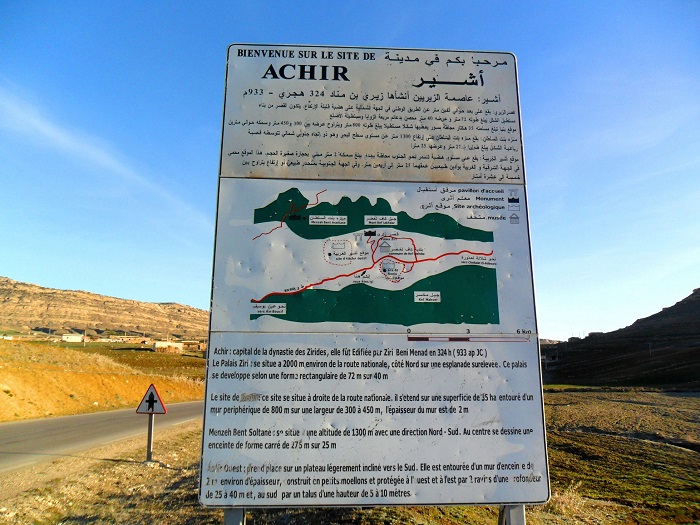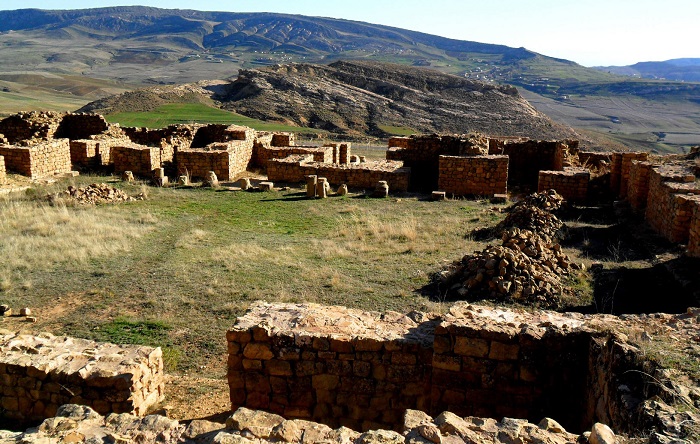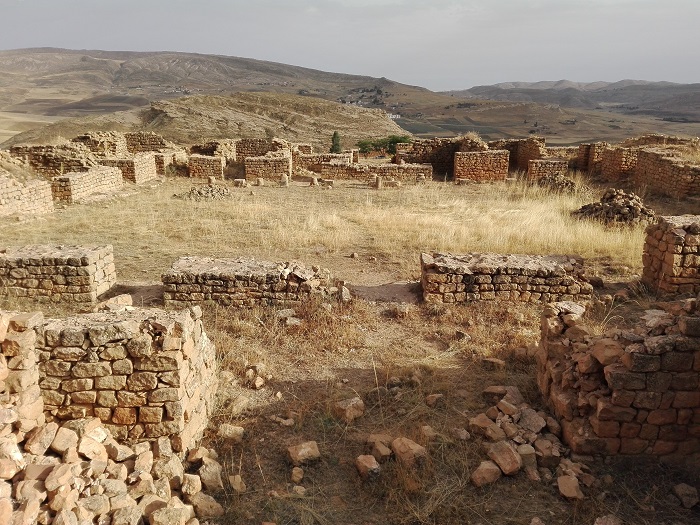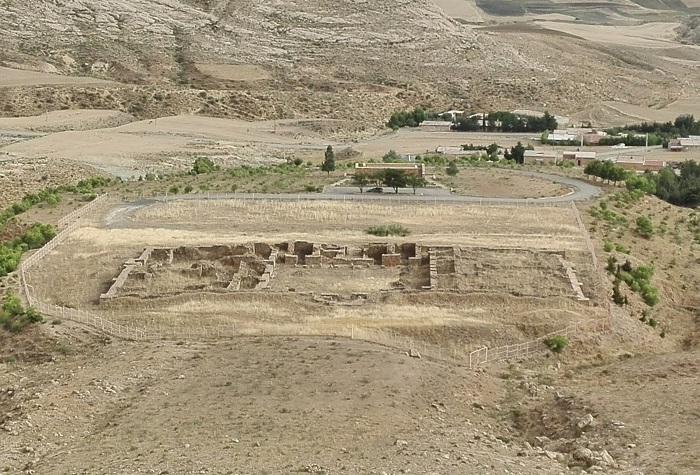Achir was a significant medieval city that was a political and military stronghold in the early Islamic era, located in the Titteri Mountains, in the current Algerian commune of Kef Lakhdar, within the northern part of the People’s Democratic Republic of Algeria. As this historic place was established in the 10th century and accounted for the rise of the region both strategically and architecturally, nowadays, most of the city is in ruins but historical significance remains, uncovering the early Islamic occupation of North Africa and the rise of native dynasties.
As Achir lies near the site of contemporary Médéa, some 100 km (62 mi) south of the capital city Algiers, it was the mountain placement that gave its natural defense but also allowed domination of important roads joining different regions of the Maghreb. The region surrounding Achir was most renowned for its strategic significance as it linked the coastal areas to the center of North Africa and was a desired location by dominant powers who sought to expand their dominion. Achir was founded in 936 AD by Ziri ibn Manad, the leader of the Sanhaja Berber tribe and a principal ally of the Fatimid Caliphate.
The Fatimids, who had established their power in Ifriqiya (nowadays referring to modern Tunisia and eastern Algeria), employed loyal Berber chiefs to govern different regions of North Africa, and in order for Ziri ibn Manad to establish his power over the region, he built Achir as a military fortress and an administrative center. It was in fact the capital of the Zirid dynasty before they later moved their seat of power to other cities.
The establishment of the city was not only meant to establish dominance over the region but also as a center of military operations. The Fatimids and their allies were confronted by rival Berber tribes and dynasties, hence walled cities like Achir were needed to keep control. Because Achir was under the rule of Ziri ibn Manad and his descendants, it enjoyed the title of a thriving city as it was attracting scholars, merchants, and artisans. Still, it remained an important center until the decline of the Zirid dynasty, and power was slowly shifted to other regions.
Because Achir was built with strong defense features common in medieval Islamic military architecture, its natural strength was derived from its location on a mountain, and in addition to this, the city’s fortifications enhanced its security. Stone and other locally available materials were employed to construct walls, which were strong enough to resist attacks, and towers and gates were strategically placed to control entry and exit points.
Within the city, there were mosques, administrative buildings, and dwellings for the ruling classes, nevertheless, archaeological excavations show that the city also had well-planned streets and public spaces as other medieval Islamic cities. Water supply systems were also a dominant feature in the planning of the city so that citizens would have access to fresh water even when the city was under siege.
The city’s urban planning was typical of a blend of Berber and Islamic styles, testifying to the cultural blend typical of the Zirid period, and while much of Achir still lies in ruins today, the remnants of its structures give hints of its previous splendor.
In its prime, Achir was one of the most important cities politically and economically in the region. As the first capital of the Zirid dynasty, it was the capital city and city of war strategists, where the city dominated trade routes from the coast to the interior, making it a hub for trade and cultural exchange, and merchants from different parts of North Africa and the Islamic world passed through Achir. Another important feature of this historic city was that the city was also a center of Islamic learning and culture because clerics and scholars flocked to the city, and it contributed to the spread of Islamic teachings in the area. The mosque and schools within the city played a crucial role in shaping the intellectual climate of the time.
While the Zirid dynasty turned its eye to other towns, Achir, unfortunately, lost its position slowly, and the political uncertainty of those days, as well as raids by the competing forces, weakened its foundation. By the 12th century, the city had been downgraded as a political center of significance and was eventually abandoned, but today is still an archaeological site that gives great insight into North African medieval times.
Even though this medieval city is no longer an operational city, its remains are still a point of interest for historians, archaeologists, and tourists who are interested in Algeria’s medieval past. Since it is not a tourist destination, the people who would like to see the site can access it from the city of Médéa, and this Algerian city is easily reached from Algiers by road, which makes a perfect place for a day trip.
Due to the site’s far-off location, it is advisable to go there with a guide or an acquaintance of the area, and the best time to visit it is the cooler period, between October and April, when the weather is more convenient to visit places outdoors. Since the site is devastated and in ruins, tourists should be ready for tough surfaces and they need to wear appropriate shoes, however, as there are no formal tourist facilities within the site, nearby towns have accommodations and basic facilities in case needed.
Overall, Achir has a unique place in Algerian history as one of the initial centers of power of the Zirid dynasty. Its location, imposing defenses, and role as a focal point of medieval commerce and governance made it an exceptionally significant city in North Africa during the 10th and 11th centuries. Though the city per se is lost to history, its memory endures in the archaeological record which continues to supply information regarding its past. For anyone interested in viewing medieval Islamic history, Achir provides a fascinating glimpse into the early political and cultural development of the Maghreb.


